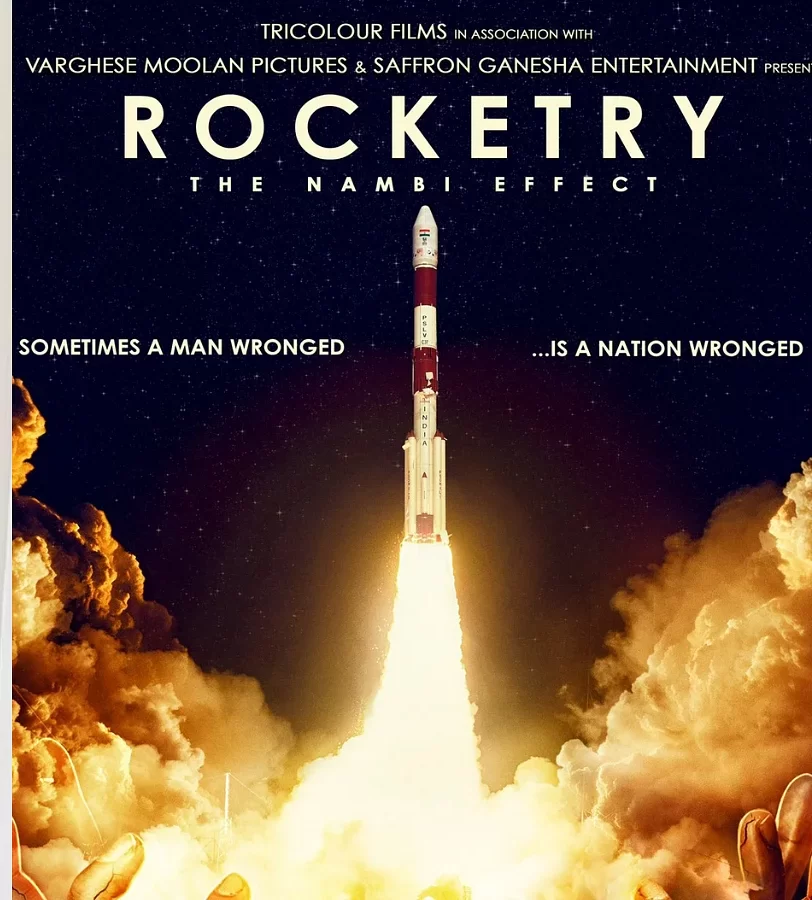MUMBAI: Eastman Kodak Company unveiled the first product in a new generation of color motion picture films.
Kodak Vision3 500T Color Negative Film, available now in 35mm and 16mm formats, represents a new emulsion platform, incorporating technical breakthroughs that deliver greater efficiencies and expand creative options for filmmakers.
“Kodak has unparalleled expertise in both film and digital imaging, and we are firmly dedicated to ongoing innovations in film and hybrid imaging products,†said Eastman Kodak Company president of film products group and executive vice president Mary Jane Hellyar.
Kodak Vision3 Film offers increased exposure latitude and color detail with noticeably reduced grain, especially in the brightest highlights and darkest shadows. It incorporates proprietary Advanced Dye-Layering Technology (DLT), which renders finer grain images in underexposed areas and produces cleaner film-to-digital transfers for postproduction. This new product also takes advantage of innovative film technology that allows the emulsion to process light more effectively and record greater detail in the highlights. This image structure translates into time saved on the set and in postproduction.
Cinematographers around the world have tested the new emulsion in challenging environments. They report that it provides more creative flexibility and efficiencies during both production and postproduction.
“The new emulsion has a much wider range of latitude in the overexposed areas. I found at least two more stops of range in the highlights, which enabled me to record more details. I got a rich range of colors and skin tones without saturation contamination. Also, there was an almost magical reduction in grain without affecting colors,†said American Society of Cinematographers (ASC) president Daryn Okada.
Kodak scientists designed the new emulsion to retain the imaging characteristics of the Kodak Vision2 500T Color Negative Film 5218/7218 in the normal exposures, while providing new creative options for working in extreme lighting situations. Thus, the Vision3 stock intercuts seamlessly with all seven-color negatives in the Kodak Vision2 family, which was initially introduced in 2002.
“This new film offers cinematographers more latitude to extend exposures into the shadows without fear of excessive grain and into the highlights without loss of image discrimination. The extended dynamic range of the Kodak Vision3 film creates a powerful companion to the tools now available in digital postproduction. Together they further enhance the creative process for our customers,†said Kodak’s Entertainment Imaging Division chief technical officer Gary Einhaus.
“Our customers are telling us what they need to navigate today’s workflow. We have responded with the new Kodak Vision3 platform, adding more workflow efficiencies to all the existing advantages of film – image quality, resolution, dynamic range, flexibility and archivability. Based upon our customers’ expectations for the very highest quality images — and for flexibility and ease of use — Kodak motion picture film continues to deliver the best images possible for a new generation,†said Hellyar.




